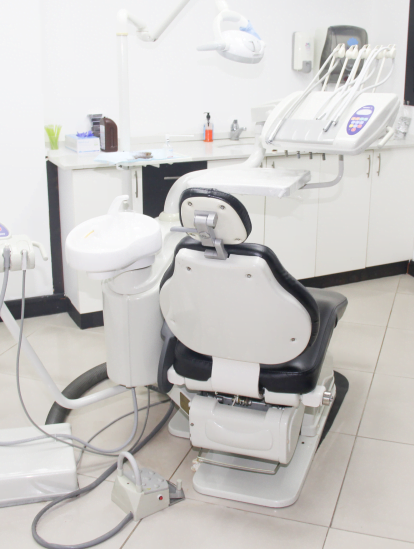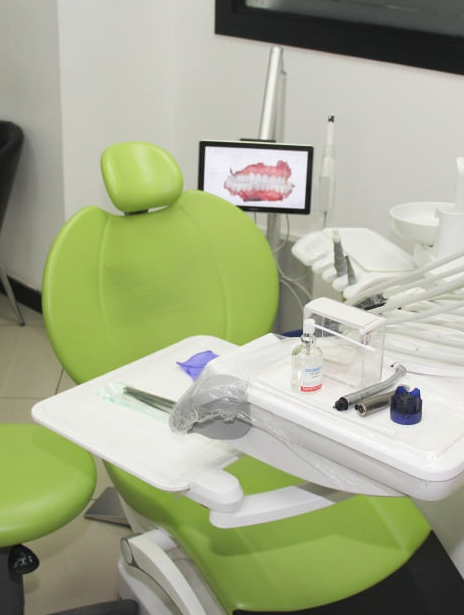Bizi Arayın
+90 232 463 4747Diş İmplantı
İzmir’in en kaliteli implant tedavisiyle eksik dişler artık sorun olmaktan çıkıyor. Gerçek dişler kadar fonksiyonel protezler ve estetik bir gülüş için Pro Estetik’le tanışın!
Pro Estetik Diş Kliniği 2011 yılında, Türkiye’nin İzmir şehrinde Doç. Dr. M. Selim Bilgin tarafından kurululdu. 500 m2’ye yakın, geniş bir alanda son teknoloji ürünlerini kullandığımız kliniğimizde; yerel ve global çapta tüm hastalara diş sağlığı ve bakımı hizmeti veriyoruz. Pro Estetik Diş Kliniği bünyesinde, alanında uzman diş hekimlerimiz bulunmakta. Diş sağlığınızı ve arzuladığınız gülümsemeyi size kazandırmak için yılların deneyimlerine sahipler.
Bizi Arayın
+90 232 463 4747

İzmir’in en kaliteli implant tedavisiyle eksik dişler artık sorun olmaktan çıkıyor. Gerçek dişler kadar fonksiyonel protezler ve estetik bir gülüş için Pro Estetik’le tanışın!
İzmir'de Hollywood Smile tedavi yöntemleri birden fazla olup 1 hafta içerisinde tamamlanabilmektedir.
Gülüşünüzden memnun değil misiniz? Zirkonyum kaplama ile diş estetiğinizi yeniden keşfedin! İzmir’de zirkonyum kaplama işlemini Pro Estetik bünyesinde uzman ekibimiz ve ileri teknolojiyle gerçekleştiriyoruz. Sağlık ve estetiği bir araya getirerek dişlerdeki renk ve form kayıplarını en aza indiriyor, size doğal bir görünüm kazandırıyoruz!.
İzmir ortodonti tedavisi ile gülüşünü yeniden şekillendir! Pro Estetik olarak sağlıklı dişlerin ve güzel bir gülümsemenin önemini biliyoruz. Deneyimli ve uzman hekim kadromuz, son teknoloji diş teli tedavimiz ile dişlerinizin en iyi halini sizlere sunuyoruz!
Gummy Smile, kişi gülümserken ya da konuşurken damağın ortalama 2 mm'den daha fazla görünmesi durumuna denir. Bu durum, estetik açıdan kişiye rahatsızlık hissi verebilir. Gülerken diş eti görünmesinin pek çok sebebi olduğu gibi tedavi yöntemleri de çeşitlidir. Kliniğimizde bulunan uzman hekimler tarafından en doğru tedavi planlanır ve uygulanır.
Eksik dişlerin bıraktığı boşluklar, kalan dişlerin dönebilmesine veya boşluklara kaymasına neden olur. Bu durumdan kaynaklı diş ve çenede çeşitli problemler ortaya çıkar. Bu nedenle, en kısa sürede eksik dişin olduğu boşluğu doldurmak önemlidir.
Bonding, diş boşluğunu doldurmak, renk eşitsizliğini gidermek ya da çatlak ve kırık dişleri onarmak gibi çeşitli sebeplerden başvurulan tedavi yöntemlerinden bir tanesidir. Bonding tedavisi sayesinde hasta estetik ve doğal bir gülüşe tekrardan kavuşabilir.
Kuron, diş gücünü ve dayanıklılığını artırmak ve daha pürüzsüz bir görüntü oluşturmak için hasarlı bir dişin üzerine yerleştirilen, diş şeklinde ve yapısında bir kaplamadır. Kuron tedavisi sayesinde kırık ya da çürük dişlerinizi kaybetmenize gerek kalmadan onarabilirsiniz.
Inley-onley dolgular, porselen, kompozit, ve lamine veneer kaplamalar, hafif ile orta derecede hasarlı dişlere uygulanması gereken restorasyon işlemleridir. Her bir tedavi yönteminin uygulanış şekli farklı olsa da sağladıkları faydalar açısından birbirlerine benzerdir. Tüm tedaviler, dişteki hasarı ortadan kaldırmak, diş rengini eşitlemek, ısırma ve çiğneme fonksiyonlarını iyileştirmek ve estetik bir gülüşe sahip olmak için tercih edilir.
Çünkü müşterilerimizin güvenini kazanmak bizler için çok önemli! Pro Estetik Diş kliniği olarak 2011 yılından bu yana en kaliteli ağız ve diş sağlığı hizmetlerini veriyoruz. Hizmetlerimizi hem ulusal hem de uluslararası müşterilerimize vererek ağımızı büyütmeye devam etmekteyiz. Son teknolojiyle birlikte modern bir klinikte müşterilerimizin tedavilerini en iyi şekilde gerçekleştiriyoruz. Klinik Fırsatlarımız
Bizi Arayın
+90 232 463 4747Diş sağlığınızı ve gülüşünüzü kazanma yolculuğunuzu keyifle geçireceksiniz.